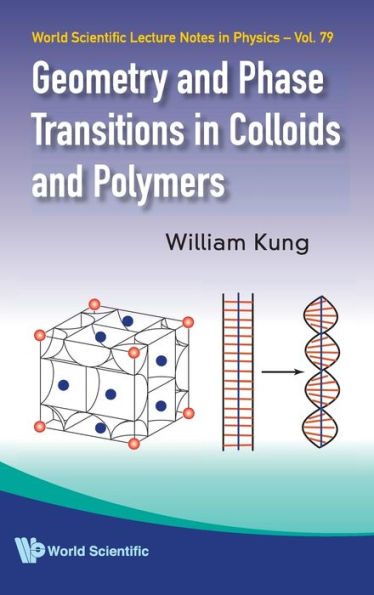5
1
9789812834966


Geometry And Phase Transitions In Colloids And Polymers available in Hardcover

Geometry And Phase Transitions In Colloids And Polymers
- ISBN-10:
- 9812834966
- ISBN-13:
- 9789812834966
- Pub. Date:
- 05/05/2009
- Publisher:
- World Scientific Publishing Company, Incorporated
- ISBN-10:
- 9812834966
- ISBN-13:
- 9789812834966
- Pub. Date:
- 05/05/2009
- Publisher:
- World Scientific Publishing Company, Incorporated
94.0
In Stock

Product Details
| ISBN-13: | 9789812834966 |
|---|---|
| Publisher: | World Scientific Publishing Company, Incorporated |
| Publication date: | 05/05/2009 |
| Series: | World Scientific Lecture Notes In Physics , #79 |
| Pages: | 216 |
| Product dimensions: | 6.20(w) x 9.00(h) x 0.80(d) |
From the B&N Reads Blog
